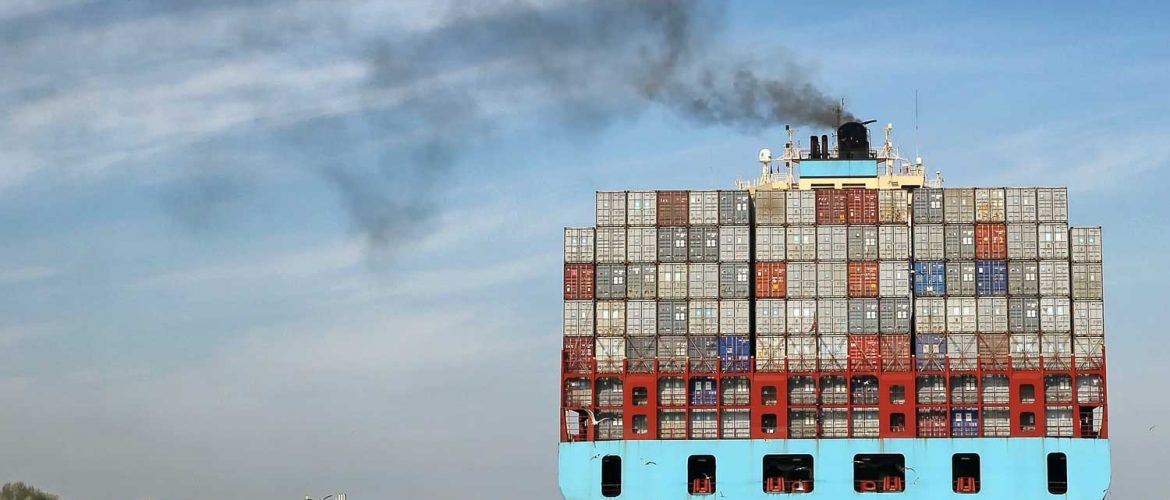IMO2020 enforced changes in the low-sulphur fuel types that container ships used, or the use of high-sulphur scrubbers, to cut the carbon intensity of all ships by 40% by 2030. In two months, IMO 2023 will require containers ships to comply with a new round of vessel efficiency and carbon intensity regulations, that will impact the supply of vessels in the container shipping market, increasing costs and availability on many routes.
From the 1st January 2023 container ships will need to meet a specific Energy Efficiency Existing Ship Index (EEXI), have an enhanced Ship Energy Efficiency Management Plan (SEEMP) that lays out the vessel’s energy efficiency improvement steps, and determine the vessel’s Carbon Intensity Indicator (CII) rating scheme.
The EEXI is calculated for the vessel in accordance with type and size and indicates the energy efficiency of the vessel compared to a baseline.
The SEEMP is a mandatory, ship-specific document that lays out the plan to improve the vessel’s energy efficiency.
A vessel’s CII links the GHG emissions to a ratio of the amount of cargo carried and the distance travelled, and will determine the reduction factor needed to ensure continuous improvement.
All container ships must have an CII and will be rated A, B, C, D, or E and any ship rated D or E for three consecutive years must implement a corrective action plan to reach C or above.
The CEO of a leading carrier has stated that to improve the energy ratings of older vessels they need to either use biofuel, or slow down and calculated that his line would lose between 5 and 15% capacity to comply by lowering speed.
Slow-sailing is the most likely option given the shortage and costs of biofuels, with a potentially major impact on supply chain speed to market and any significant reduction in capacity will put upward pressure on rates.
It helps a little that the entry into the new IMO 2023 is not a “big bang” like IMO 2020 and will come into effect over time, as vessels get to their next certification, but it does look likely that there will be a repeat of the IMO 2020 launch, which took many shippers by surprise.
The new container ship order book has never been fuller, with vessels, that are being fitted to run dual-fuel, LNG, and ‘carbon neutral’ methanol, likely to be deployed on high-volume trade lanes where these expensive assets will achieve more revenue paying traffic.
In the short to medium term the new IMO are likely to result in larger ships, making fewer port calls, with less-frequent services, designed to maximise the capacity utilisation of every vessel.
Global supply chains continue to be challenging and are going to be under pressure for a while yet, which is why share important news and developments, like IMO 2023, so that you are informed and prepared to make critical decisions.
Please EMAIL Matt Fullard to discuss your supply chain situation and the potential impact of IMO 2023.

 Unit 1, Alpha Way, Thorpe Industrial Estate
Unit 1, Alpha Way, Thorpe Industrial Estate